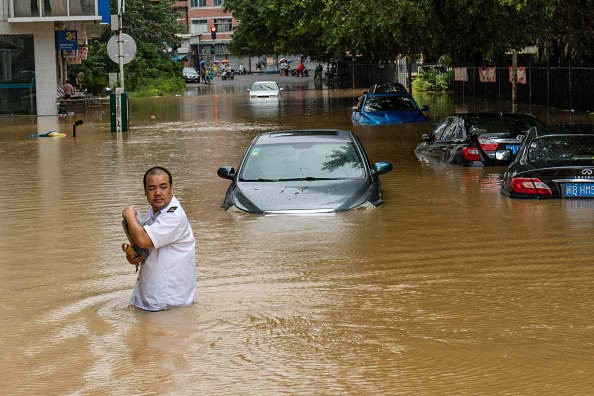Typhoon Megi hit mainland China and affecting residents in China's eastern Zhejiang Province. Nonstop raining caused landslides that swept residents in the area.
There are 27 people missing and buried dozens of houses. A mass of debris started rolling from the mountains as seen in posts on Sina Weibo.
Critics slammed local governments of frequently hit coastal provinces in China's east because they misallocate funding that is supposed to build defenses against floods and other problems caused by heavy rain.
The Suichang county government issued on its website that said, "This rescue operation is a race against time. The assembly horn has already been sounded. Every single person should spare no effort."
The local government in Fujian has relocated more than 120,000 people who work close to shore. There were 31,700 fishing boats recalled to port to avoid the high winds.
Typhoon Megi killed four people and injured more than 523 in Taiwan, which came from the Pacific and made landfall at 4:40 a.m. local time.
Chinese authorities issued their third-highest severe weather warning in anticipation of the storm.
When the typhoon hit Taiwan, Mega was mustering winds of 132 kilometers per hour. It was classified as a level 4 hurricane.
Four people were killed and about 250 were injured in the island nation.
Drastic temperature changes in the Pacific is causing typhoons to be stronger and develop more often. According to meteorologists, drastic weather changes are brought about by climate change.
Climate change is causing ice to melt in the Arctic and is the major cause for the ocean's change in temperature. The National Aeronautics and Space Administration (NASA) is at the forefront of research on climate change.
Last week, NASA reported, "Arctic sea ice appeared to have reached its annual lowest extent on Sept. 10."



























